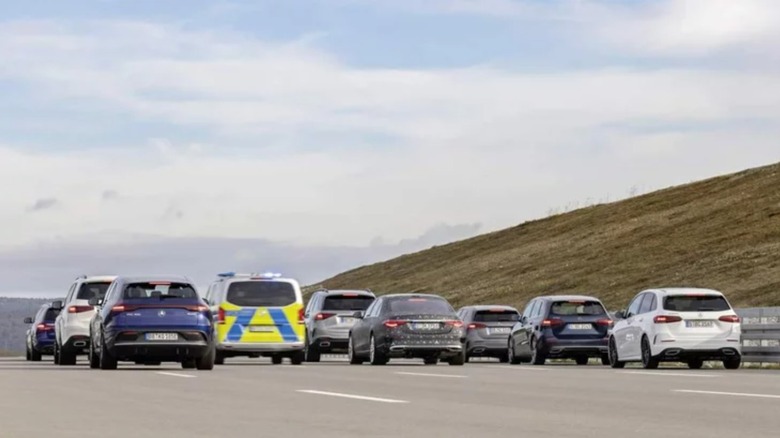Mercedes-Benz Wins World's First Approval For Level 3 Autonomous Cars: What's That Mean?
Move over Tesla Autopilot and GM Super Cruise. German automaker Mercedes-Benz is the world's first automaker to gain internationally valid regulatory approval in producing vehicles capable of Level 3 autonomous or "conditionally automated" driving.
Following the opening of the Road Traffic Act for Level 3 systems in 2017, Germany became the first country to create a legal basis for the use of Level 3 driving aids, and Mercedes-Benz is quick to pounce with its updated Drive Pilot advanced driving assistance system.
What this means for autonomous driving
"With this milestone, we are once again proving our pioneering work in automated driving and also initiating a paradigm shift," said Markus Schäfer, Member of the Board of Management of Daimler AG and Mercedes-Benz AG. "We are the first manufacturer to put conditionally automated driving into series production in Germany."
However, Mercedes is not the first to introduce a Level 3 self-driving car. Credit goes to the Honda Legend with an advanced Honda Sensing system capable of Level 3 autonomy, but that car is only available for lease in its Japanese home market. Furthermore, the Audi A8 came close to having Level 3 autonomy in 2017, but the automaker quickly abandoned its plans due to conflicting legislations.
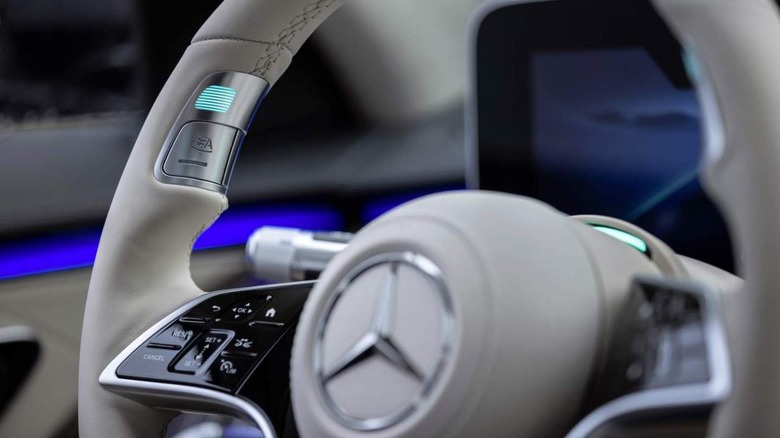
So, what can we expect from a Level 3 autonomous driving Mercedes-Benz? Unlike other Level 2 systems like Ford's BlueCruise and GM's Super Cruise partial hands-free driving system, Level 3 or conditional driving automation enables the vehicle to react to its environment and make decisions without urging the driver to take control.
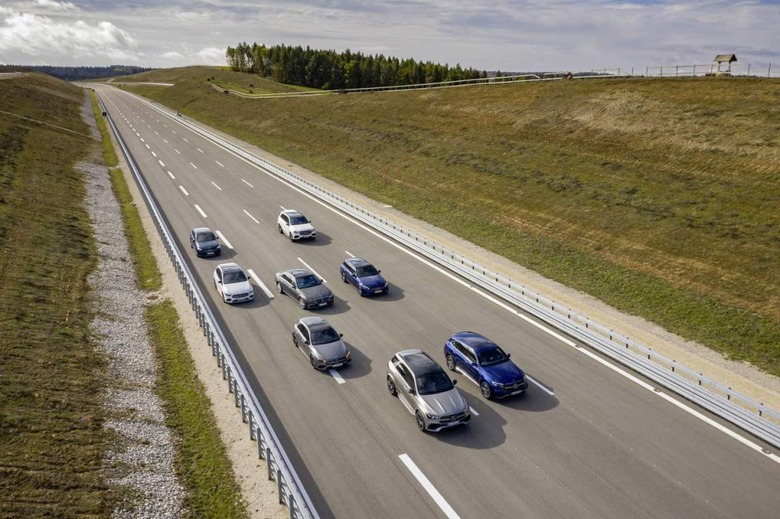
Mercedes-Benz's updated Drive Pilot system can take over the driving chores while the vehicle is traveling at the legally permitted speed of 37 mph (60 kph). After activating Drive Pilot via a pair of haptic buttons above the steering wheel thumb rests, the system controls the driving speed and following distance while independently performing evasive or braking maneuvers – all without physical driver intervention.
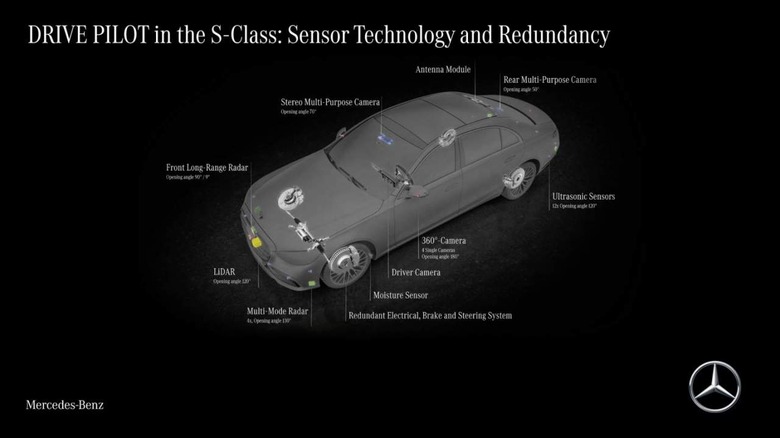
The system uses existing sensors from the brand's Driving Assistance Package but includes other sensors like LiDAR, microphones, and an additional camera in the rear window. Additionally, Drive Pilot utilizes road geometry, traffic signs, route profiles, and traffic events from a high-precision positioning system and a digital HD map to "drive" the car.
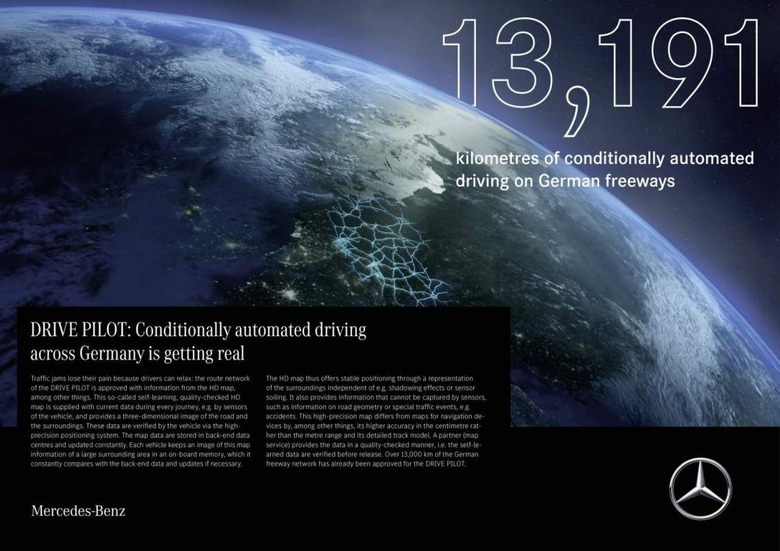
According to Mercedes-Benz, the driver can focus on secondary activities while Drive Pilot Level 3 autonomy is engaged. In other words, you can surf the web, eat a sandwich, or maybe watch a movie while doing so. In case of sudden equipment failure, Drive Pilot has redundant steering, braking, and electrical systems so the driver can still control the car.
In addition, Drive Pilot can automatically slow down and bring the vehicle to a stop after "increasingly urgent prompting and expiry of the takeover time," such as when the driver is dealing with a medical emergency. The system will also engage the hazard lights, unlock the doors and windows, and initiate an emergency call to first responders.
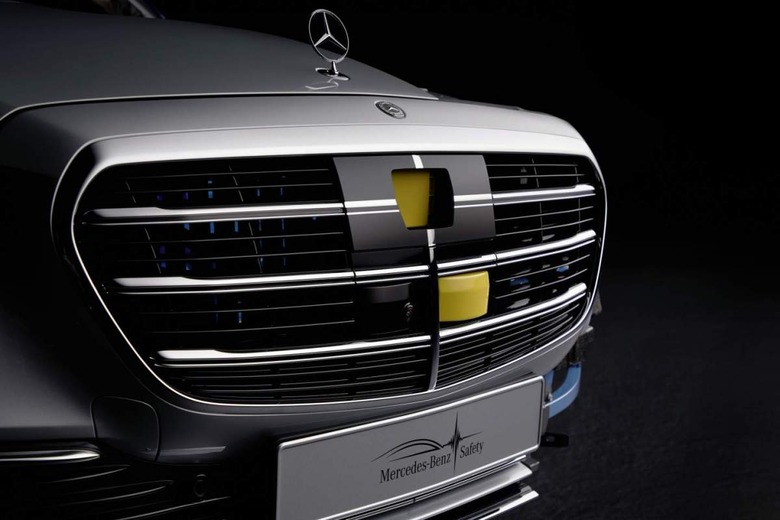
The Mercedes-Benz Drive Smart Level 3 autonomous driving feature will become available in the S-Class luxury sedan and EQS electric luxury car in Europe by early 2022. There is no word yet on when the system will receive road-legal certification in the USA. Still, we reckon Mercedes-Benz is working closely with the Department of Transportation and the NHTSA to bring Level 3 autonomous driving to American highways soon.
